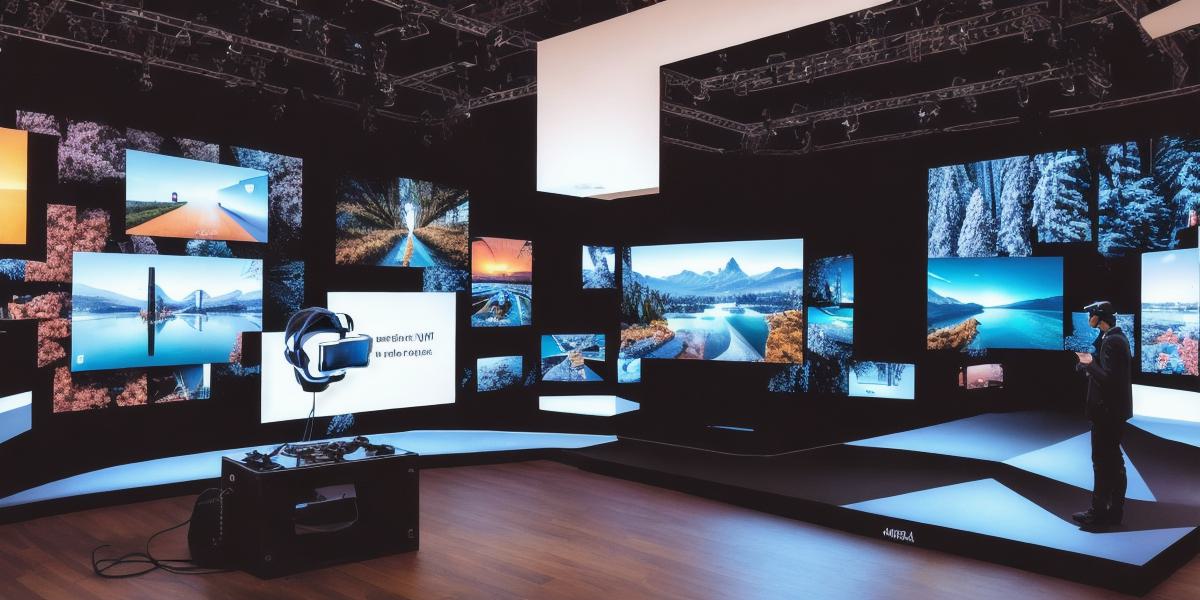Introduction:
Virtual reality (VR) technology has revolutionized the way we interact with digital content. It promises an immersive experience that transports users into a fully interactive virtual world. However, is this claim really valid? In this article, we will explore the immersive capabilities of VR and analyze its limitations to help VR developers create more engaging experiences for their users.
Immersive Capabilities of VR:
Virtual reality technology provides several features that contribute to its immersive capabilities. These include:
- 3D environment: VR headsets display a 3D environment, giving users the impression of being in a three-dimensional space. This feature creates a sense of presence and realism that enhances the immersion experience.
- Head tracking: VR headsets use sensors to track the user’s head movements, allowing them to look around and interact with virtual objects. This feature provides users with a more realistic and engaging experience.
- Haptic feedback: VR technology can provide haptic feedback through gloves or other devices that simulate touch in the virtual environment. This feature enhances the immersion experience by making it feel like users are physically touching virtual objects.
- Spatial audio: VR headsets use spatial audio to create a sense of direction and location in the virtual environment. This feature provides users with a more realistic and engaging experience.
Limitations of VR Immersivity:
While VR technology has several features that contribute to its immersive capabilities, it also has several limitations. These include:
- Field of view: The field of view in VR is limited by the size of the display screens on the headset. This limitation can cause users to experience motion sickness or fatigue when using VR for extended periods.
- Limited interaction: While VR technology provides several features that enhance immersion, it still lacks the ability to interact with virtual objects in a truly natural way. Users must rely on hand controllers or other input devices to interact with virtual objects, which can be less intuitive than real-life interactions.
- High cost: VR technology is still relatively expensive, and not all users may have access to the latest VR headsets or equipment. This limitation can limit the reach of immersive experiences.
Summary:
Virtual reality technology has made significant strides in recent years, but there are still limitations to its immersive capabilities. VR developers must take these limitations into account when creating immersive experiences for their users. By incorporating features that enhance immersion and addressing the limitations of the technology, VR developers can create more engaging and realistic experiences for their users.
FAQs:
- What is virtual reality?
- How does virtual reality work?
- What are the benefits of using virtual reality in education?
